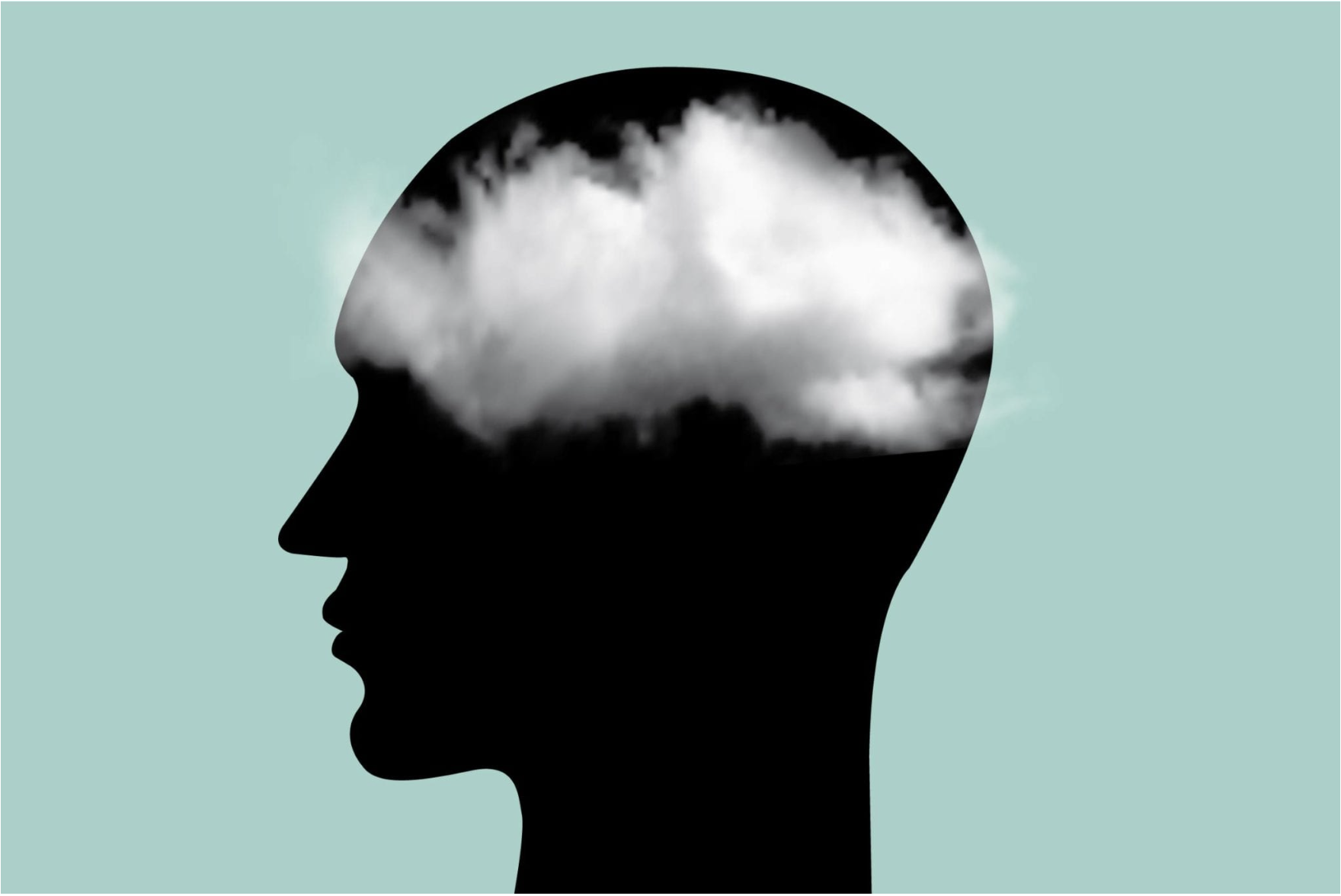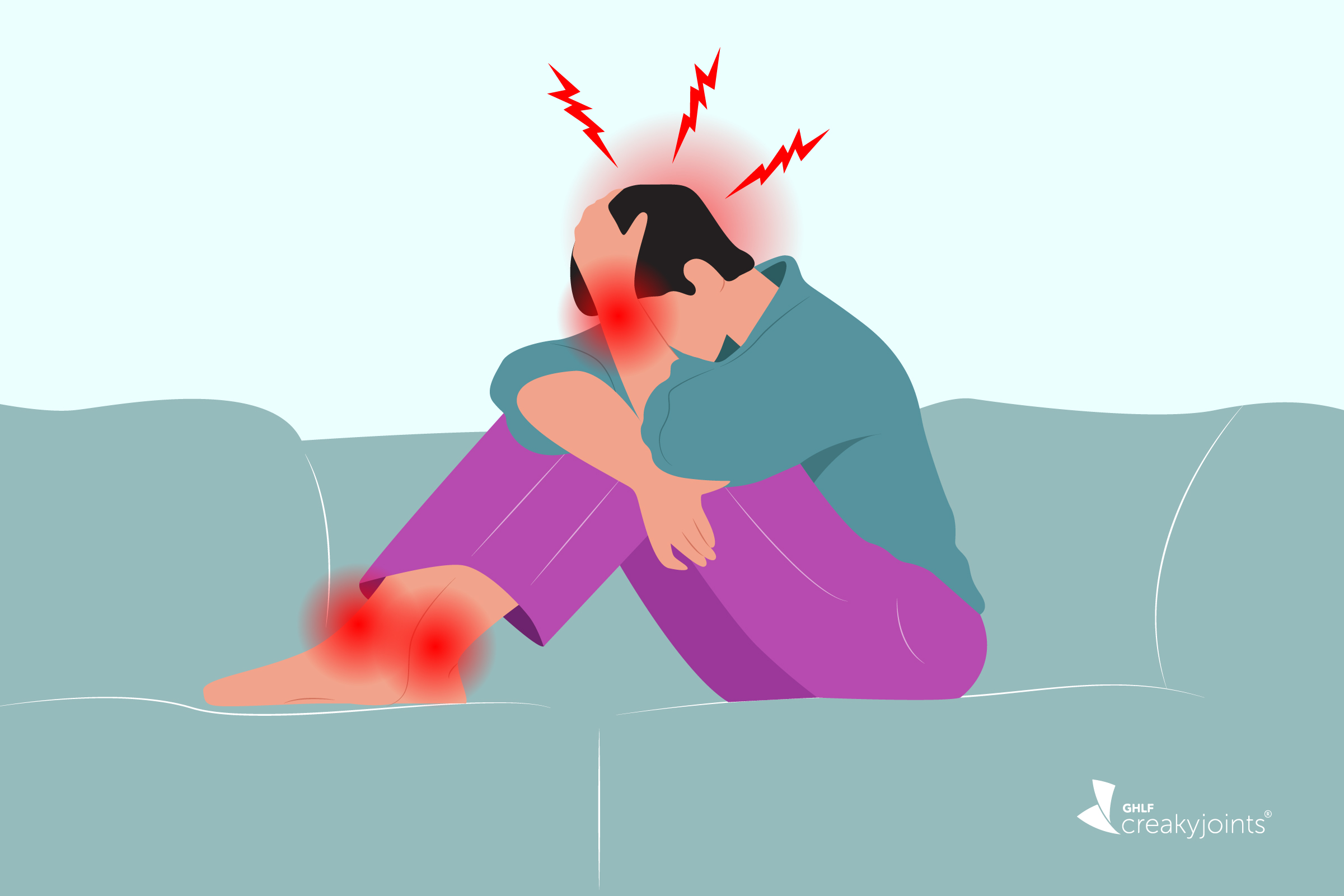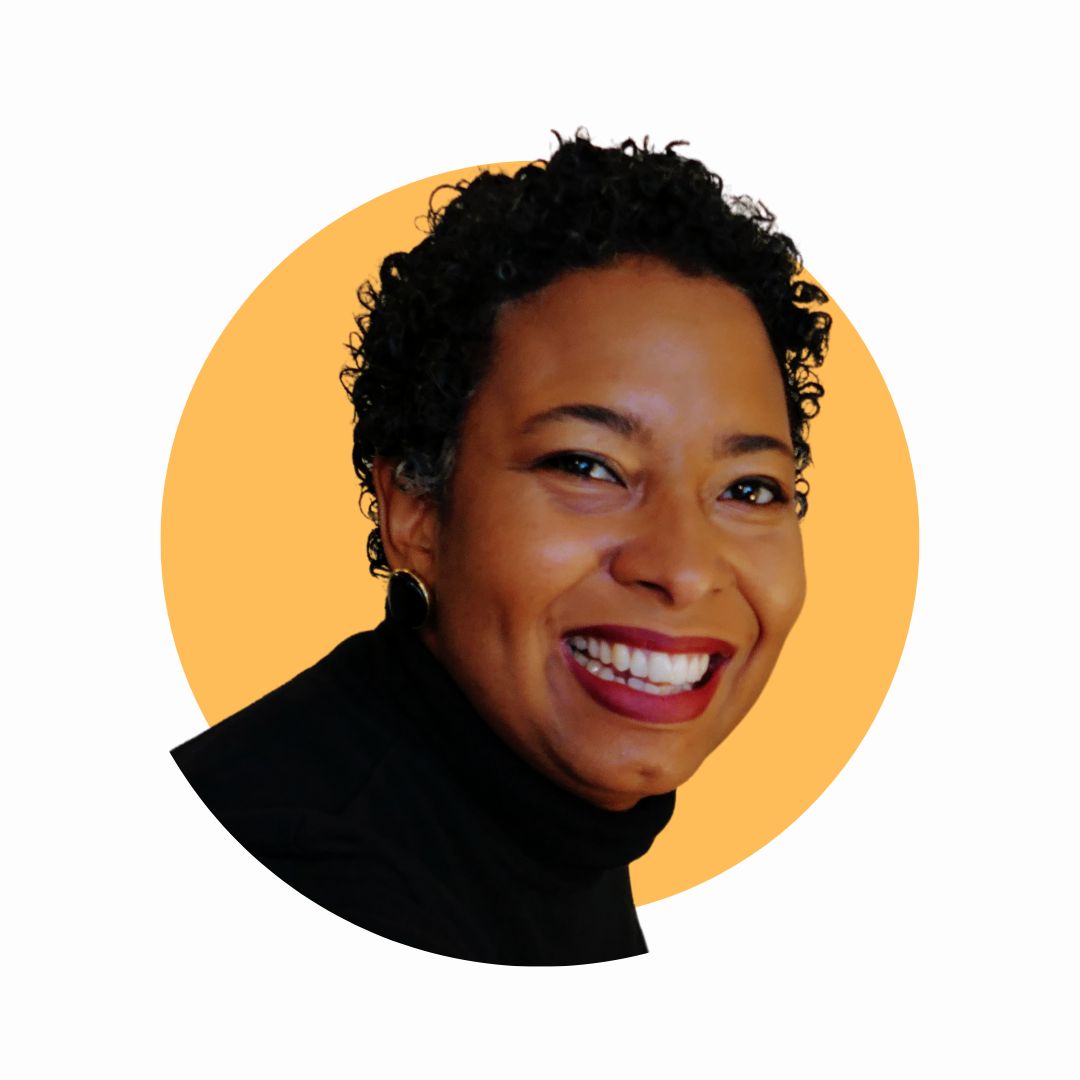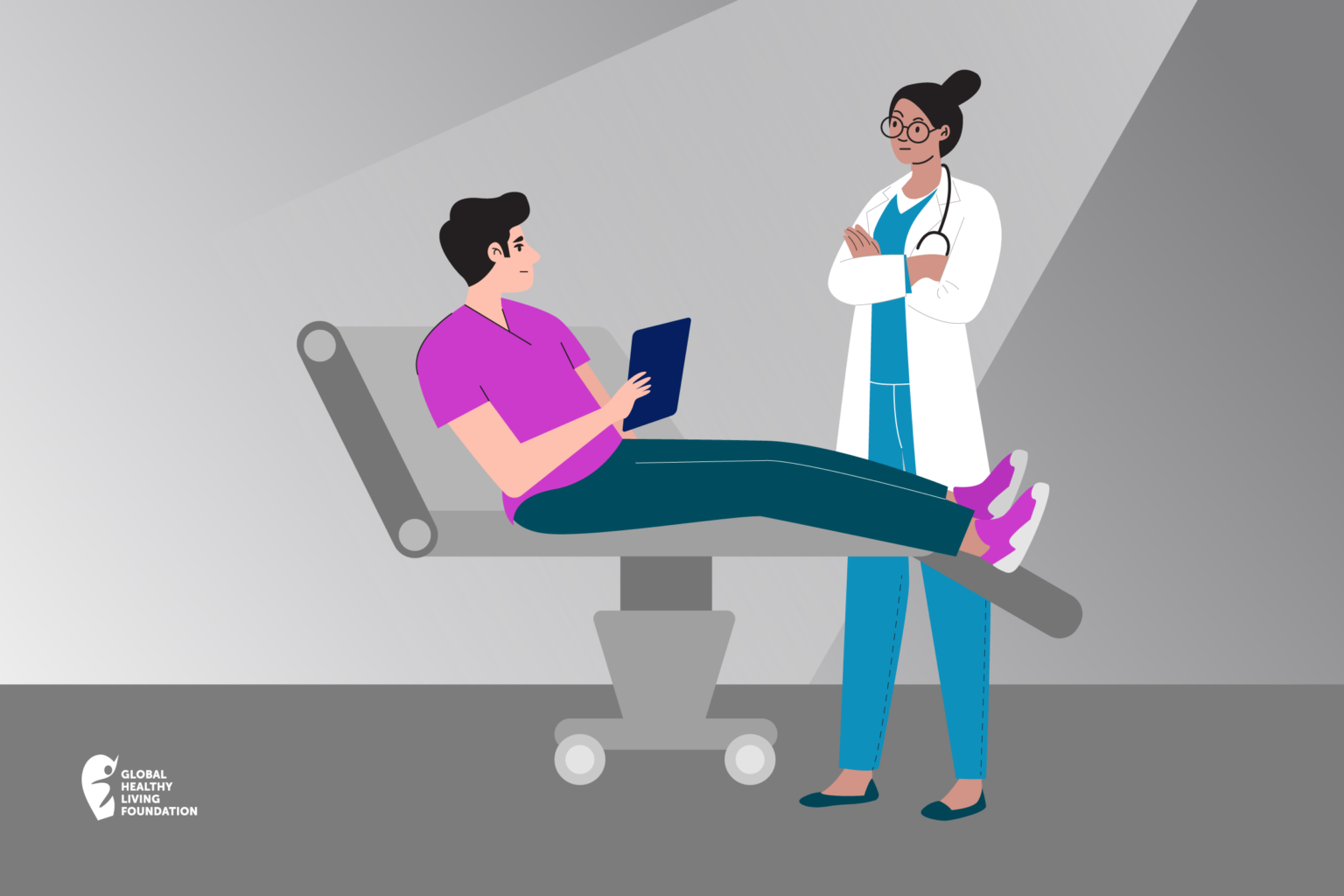"I am holding the trashcan on my lap when Chaka Khan starts to sing about female empowerment. I think: “
Sorry, Chaka, but it is not all in me today.”
When Health and Faith Conflict: Migraine and Ramadan
When Health and Faith Conflict: Migraine and Ramadan
March 31, 2022
Qasim Amin Nathari
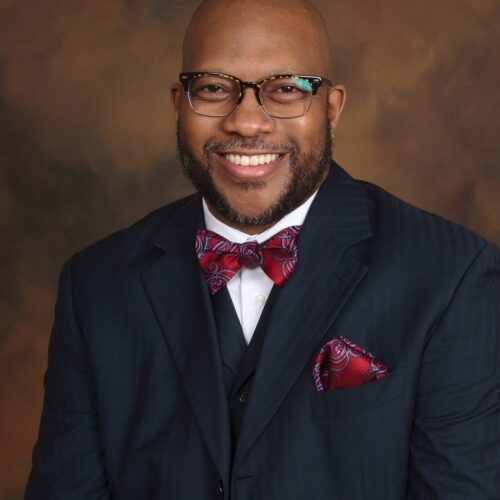
More than two billion people worldwide identify as Muslims, making the religion of Islam the second largest faith tradition in the world, exceeded by only Christianity. In Islam, there are several months that are considered sacred. Among them — and perhaps the most commonly known due to its participatory nature — is the month of Ramadan. This is the ninth month of the Islamic calendar. This year, Ramadan is expected to begin around April 2 and end around May 2.
During Ramadan, Muslims commemorate the revelation of the Qur’an, which is the sacred scripture of Islam. One of the central elements of the month-long observance is the act of fasting. All observant Muslims (certain exemptions aside) fast from food and drink, and if married, abstain from sex during the daylight hours as a means of drawing closer to God and cultivating self-control, discipline, gratitude, and compassion for those less fortunate. Ramadan is a month of spiritual rejuvenation with a heightened or renewed focus on devotion, during which Muslims spend extra time reading the Qur’an and performing special prayers. Those who are unable to fast, such as pregnant or nursing women, the sick, or elderly people and children, are exempt from fasting.
As a person living with migraine disease who is also a Muslim, Ramadan presents a unique set of challenges and decisions that need to be made about the management and treatment of my condition.
My Migraine Journey
My journey with migraine, like that of each person living with it, is unique in and of itself. I was only 7 years old when I had my first migraine. I have very vivid memories of the first time, and each subsequent time that school year, that I experienced a migraine episode. I was in school and had a headache so bad that it brought me to tears. The nausea was intense, and I almost felt disoriented due to the pain. Someone from school went to the restaurant across the street to get me tea and toast and I went to the back of the classroom to lay my head down on the desk. This would happen several more times over the school year.
The school thought my headaches were caused by my straining to read the blackboard. My parents took me to the eye doctor a total of three times — and each time, no issues were found. After the third visit, the doctor told my mother emphatically yet respectfully that I had 20/20 vision, no issues with my sight, and to not bring me back there for another examination. This was in the 1970s.
After that particular year, my migraine had essentially gone into remission. Going forward into and through high school and college in the late 70s to mid 1980s, I would continue to have occasional headaches, but nothing beyond what was bearable for me. The intense attacks didn’t appear again until 1995, and I went to see my primary care physician.
At this time, I was diagnosed with migraine and prescribed a beta blocker for prevention. I was also given samples and a prescription for a brand-name sumatriptan to take whenever I had an episode. I would continue this course of management and treatment for the next few years, while doing my best to continue to be a father, husband, community servant-leader, and live as normal of a life as possible. Some days were horrible. And there were times that even my then-young children could look at my face and see that I had a migraine. Nevertheless, I managed and developed techniques for coping that I found to be helpful. And of course, along the way I acquired a high threshold for pain.
Then, in the summer of 2003, I experienced what I consider to be a life-altering experience; a landmark moment that would forever change the trajectory of life with migraine for me, including ultimately, changes to an aspect of my faith tradition.
It was a summer night in Philadelphia, PA, and I was lying in bed alone, at home with my children. My then-wife was traveling. I began to feel a tingling sensation in my left foot, sort of like the feeling you’ve probably experienced when your “leg falls asleep.” Slowly, that sensation would travel up my leg, into my hand and arm, and internally. I began to panic. “Am I having a stroke?” “What is happening to me?” I did not want to call 911 and go to the emergency room, as it would certainly alarm my children and leave them home alone unattended.
I just laid there waiting to see what was next. Eventually, I could feel it in my face. The entire left side of my body had gone numb over the course of just a few hours. And, although I was not in any significant pain, I was certain that something had happened to me. The next morning, I left my 13-year-old son in charge of his younger brother and sisters while I went to the emergency room.
Fortunately, it was a quiet Saturday morning there, and I was seen almost immediately. After running a battery of tests to rule out any stroke, heart attack, etc., the attending physician called for an IV, as I was feeling dehydrated and exhausted. While I was receiving the IV treatment, he came back into the treatment area and said to me, “Mr. Nathari, something you said to me when we were reviewing your medical history just came back to me; you said that you have migraine. I’m not a neurologist, but I’ve heard my colleagues describe a type of migraine that manifests itself with just what you experienced. I’m going to give you a referral to our neurology center at Cooper Hospital over in Camden (just a short drive across the bridge from Philadelphia). Follow up with them and make an appointment.”
One week later, would be the first time I visited a neurologist and learned that what I experienced that night was called “hemiplegic migraine.” That changed everything. For the next two years, I would have regular hemiplegic migraine episodes, concurrent with the “regular” migraine episodes that I was already living with. My life became a series of regular ER visits as only IV treatments would give me any meaningful pain relief, albeit temporary. The frequency of the episodes ultimately lessened to “occasional,” but the condition remained.
In 2005, I wrote to Dr. Alexander Mauskop, a renown and respected neurologist and director and founder of the New York Headache Center. I stumbled upon his book on my continued search for more information on migraine. After a few days, his office called and said he wanted to see me. This would be my first consultation with a neurologist in a non-hospital setting.
After reviewing my medical history and migraine journey, he informed me that my childhood headaches were migraine. He explained to me that in the 1970s, childhood migraine was seldom diagnosed, which is why mine went untreated. And it was then that he officially diagnosed my condition as chronic severe migraine.
Now it was time to develop an action plan. He began the conversation with advice that was devastating for me at the time. The doctor told me that he knew how important my faith was to me (apparently it came across in our conversation), but I had to stop fasting, immediately. Not so ironically, my visit to him was during Ramadan.
A New Reality
By that time, I had been fasting during Ramadan each year for much of my adult life, having begun with intermittent fasting as a teenager. And while I would get headaches while fasting, I always attributed them to the phenomena many Muslims commonly refer to as a “fasting headache,” which was due to the very nature of fasting that causes low hydration and hunger.
Dr. Mauskop explained to me that skipping meals is a common, well-known trigger for migraine — and with the severity of my condition, fasting and lack of hydration can cause serious effects. He knew that for me as a practicing Muslim, fasting during the holy month was important. Nevertheless, I would have to stop the practice of fasting altogether.
Accepting this new reality was very difficult, to say the least. It demoralized me in that moment, until I began to focus on one of the central lessons learned in my faith journey: Islam teaches that God is Merciful and wants ease for us, not difficulty. Therefore, exemptions from fasting are given.
There are other things one can do to stay in the spirit of Ramadan, like feeding the poor, being more charitable, and increasing service to humanity. Fasting is an important component of Ramadan; but it is not the sum total of it. Ramadan can still be observed by a Muslim without abstaining from food or drink.
I would remind any Muslim living with migraine (or any other chronic illness) that we are compelled to protect our health and well-being. And migraine is universally considered one of the conditions that is included in making one exempt from the obligation of fasting.
Most scholars of Islam divide the sick into four classes on the obligation to fast:
- THE UNABLE: One who cannot fast because of a valid fear of an illness or debilitating weakness that fasting will likely cause. In this case, one must not fast. It is an obligation not to do so.
- THE ABLE WITH HARDSHIP: Fasting imposes a great hardship on this person. Such a one must fast, unless it is legitimately determined that the fast is very likely to result in physical harm.
- THE ABLE WITH HARDSHIP AND FEAR OF ILLNESS: One who can fast, but with great hardship, who fears that fasting will worsen his/her/their chronic condition or illness. Such a person is justified in breaking fast. According to most opinions, this person “must” break the fast. According to some other, he/she/they “should” break the fast.
- THE ABLE WITH DIFFICULTY: One for whom fasting creates difficulty but to whom it does not present any physical danger. This individual is compelled to complete his/her/their fast.
Considering this exemption and the guidance held therein, one should consult with their medical professional and make the decision that is in their best interest.
For Muslims, Ramadan is a time to train themselves both physically and spiritually by avoiding any negative acts such as gossiping, slander, lying, or arguing. Muslims welcome Ramadan as an opportunity for self-reflection and spiritual improvement, and as a means to grow in moral excellence. These things can and should be done even if one is exempted from/unable to fast.
Those who are in the lives of Muslims living with migraine or any chronic illness could greatly benefit them by encouraging them to adhere to the advice of their medical professional, and to focus on acts of good, charity, and kindness that can be performed outside of fasting.
Ramadan is a sacred month that is broad and comprehensive in both its scope and attainable benefits. One can observe Ramadan, in all its essence and meaning, without any disconnect between the focus on health and the attainment of faith.
Want to Get More Involved with Patient Advocacy?
The 50-State Network is the grassroots advocacy arm of CreakyJoints and the Global Healthy Living Foundation, comprised of patients with chronic illness who are trained as health care activists to proactively connect with local, state, and federal health policy stakeholders to share their perspective and influence change. If you want to effect change and make health care more affordable and accessible to patients with chronic illness, learn more here.
If you enjoyed reading this article, you’ll love what our video has to offer.
SUBSCRIBE TO GHLF
RELATED POST AND PAGES
_
Was this article helpful?
YesNo


